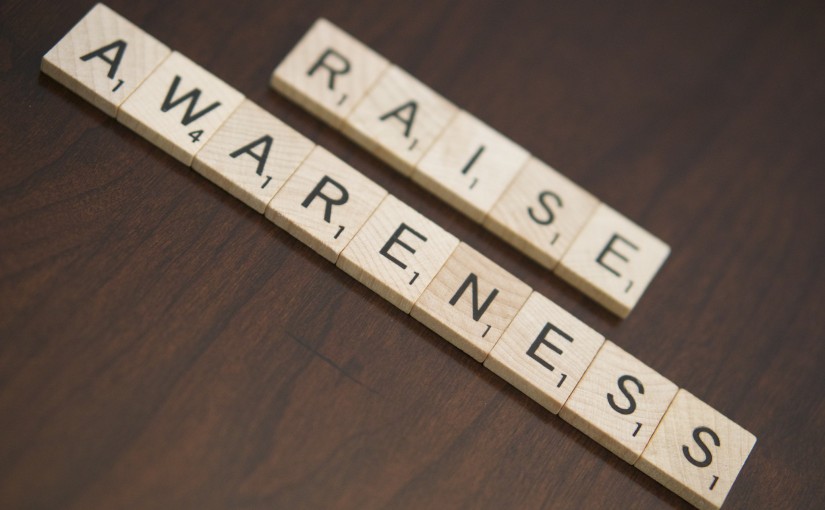Tag: awareness month
-

What is Sensory Processing Disorder?
Sensory processing disorder (SPD), previously called sensory integration dysfunction, is a condition in which a person’s brain has trouble taking in and responding to information gathered through the senses. Individuals with SPD may be overly sensitive to one or several of the senses, such as sound or touch. Others may be under-responsive to one or…
-

What is Autism?
Have you or someone you know been diagnosed with autism? Are you left confused, afraid and wondering what exactly this condition is? Are you stuck with media stereotypes about an autistic person’s lack of functioning? If so, keep reading. This article will explain what autism is, without invoking any of the stereotypes commonly associated with…
-

What Are Special Needs?
As of the 2012-13 school year, 14 percent of all public school students were receiving special education services, according to the National Center for Education Statistics. But what does it mean for a child to have special needs? Broadly speaking, “special needs” is used to describe children who require any kind of special support due…
-

Understanding Asperger’s: A Teacher’s Guide
Students with Asperger’s syndrome present a unique set of challenges—challenges that many teachers are not provided with the appropriate training for. This can make welcoming a student with Asperger’s into the classroom seem daunting. Fortunately, there are a lot of resources available to help teachers fill the gap and educate themselves, so they can make…
-

Using Awareness Days To Raise Funds
Do you have a cause you support? Do you want to support the cause, but have no money to donate yourself? Do you want to earn money and have fun in the process? If you answered yes to any of these questions this article is for you. We will discuss several ways to earn money…
-

How Wearing Your Cause Supports and Spreads Awareness
These days, almost every supports at least one cause. Whether you focus your time and energy on autism awareness, animal rights, finding a cure for cancer, or any number of other popular causes, chances are good that you have at least one t-shirt, wristband, or other item in your possession that expresses your favorite cause.…
-

Cancer Awareness Dates for Fall 2015
Right now, the sun is bright and the temps may be sweltering, but fall is just around the corner. As you pull out those trunks of sweaters and shop for kids’ back-to-school supplies, don’t forget that fall is also a season full of awareness events for important causes. (Click Here to Download the Cancer Ribbons…